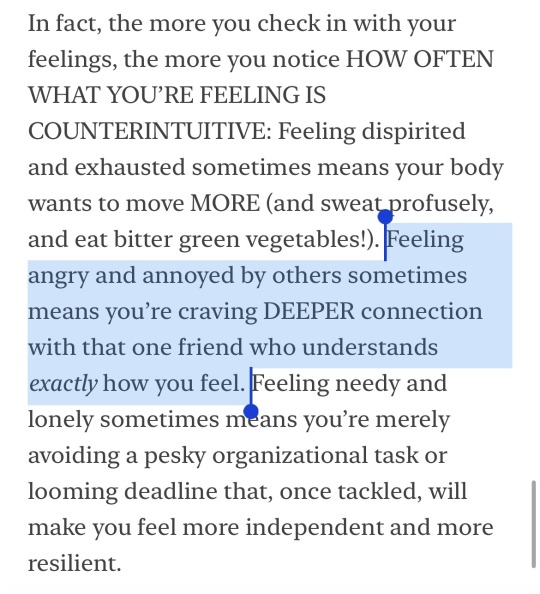Text
The gelatin in film stock was made from the hide, bones, cartilage, ligaments, and connective tissue of calves (considered the very best), sheep (less desirable), and other animals who passed through the slaughterhouse. Six kilograms of bone went into a single kilogram of gelatin. Eventually, the demands of photographic industries generated so much need for animal byproducts that slaughterhouses became integrated into the photographic production chain. Controlling the supply chain became key to Kodak's success. In 1882, as Kodak began to grow as a company, widespread complaints of fogged and darkened plates stopped production. The crisis almost ruined Kodak financially and resulted in the company tightly monitoring the animal by-products used in gelatin. Decades later, a Kodak emulsion scientist discovered that cattle who consumed mustard seed metabolized a sulfuric substance, enhancing the light sensitivity of silver halides and enabling better film speeds. The poor-quality gelatin in 1882 was due to the lack of mustard seeds in the cows' diet. The head of research at Kodak, Dr. C. E. Kenneth Mees, concluded, "If cows didn't like mustard there wouldn't be any movies at all." By controlling the diet of cows who were used to make gelatin, Kodak ensured the quality of its film stock. As literary scholar Nicole Shukin reflects, there is a "transfer of life from animal body to technological media." The image comes alive through animal death, carried along by the work of ranchers, meatpackers, and Kodak production workers.
—Siobhan Angus, Camera Geologica: An Elemental History of Photography
15K notes
·
View notes
Text


Jean Arthur in HISTORY IS MADE AT NIGHT (1937)
207 notes
·
View notes
Text

Julian K. Jarboe, from her novel titled "Everyone on the Moon is Essential Personnel,"
741 notes
·
View notes
Text
"Remember how long you've been putting this off, how many extensions the gods gave you, and you didn't use them. At some point you have to recognize what world it is that you belong to; what power rules it and from what source you spring; that there is a limit to the time assigned you, and if you don't use it to free yourself it will be gone and will never return."
Marcus Aurelius - Meditations, Book 2, 4.
5K notes
·
View notes
Photo
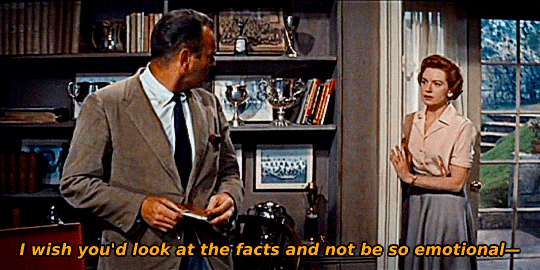
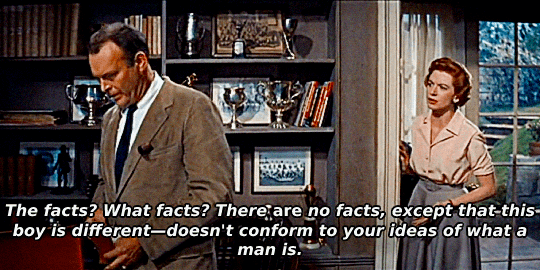

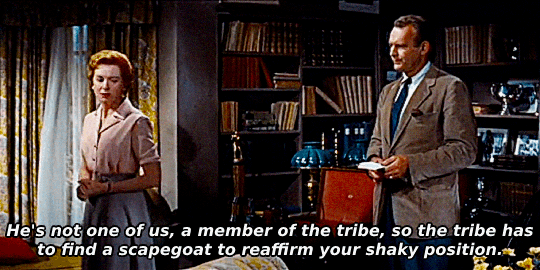
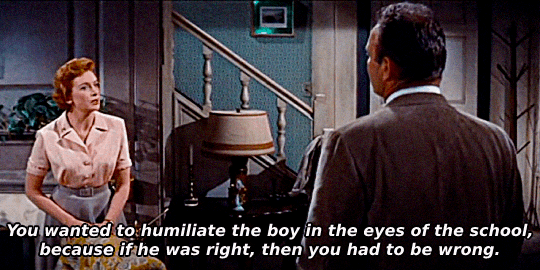



Tea and Sympathy (1956) dir. Vincente Minnelli
2K notes
·
View notes
Text
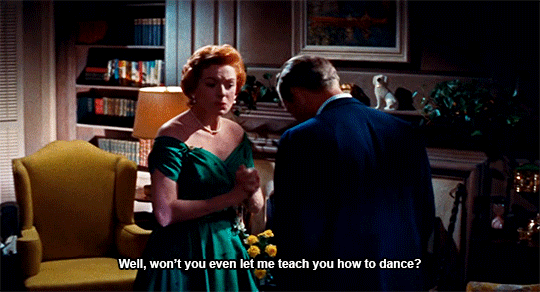



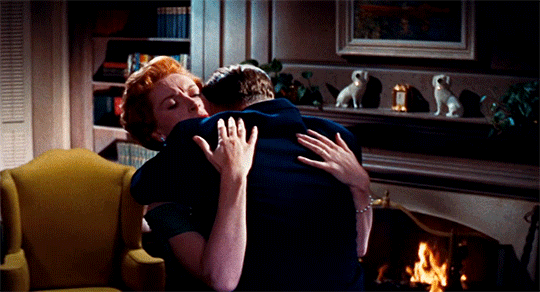
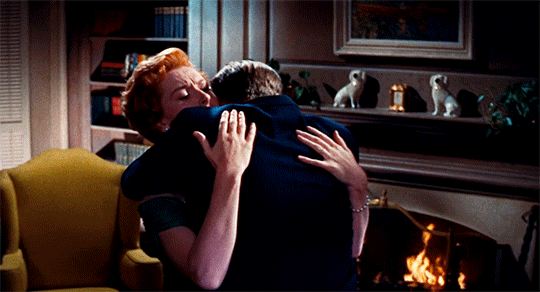


DEBORAH KERR and JOHN KERR in Tea and Sympathy (1956)
147 notes
·
View notes
Photo
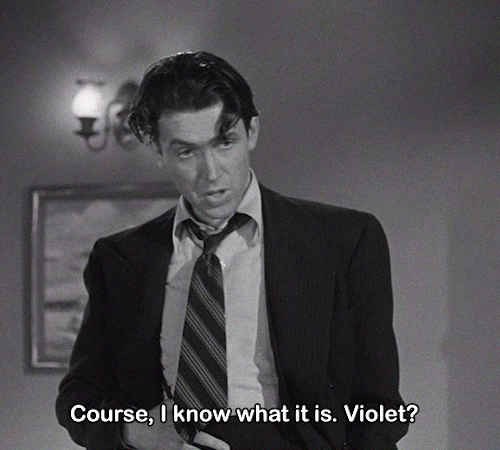
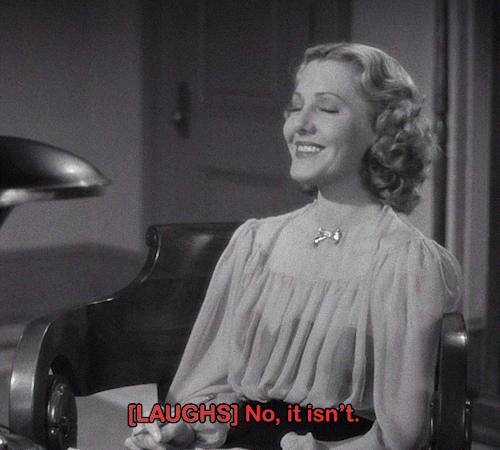
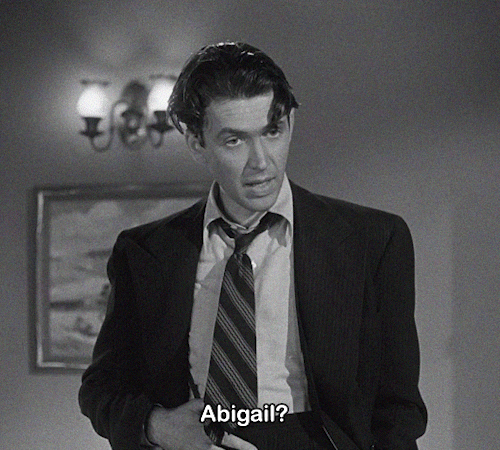
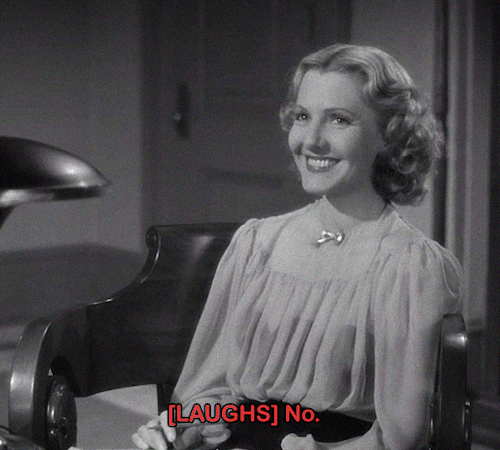
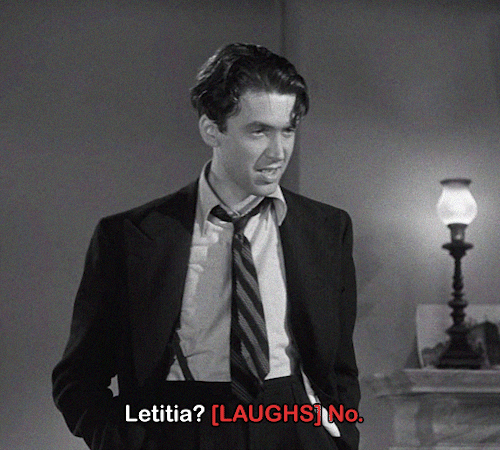



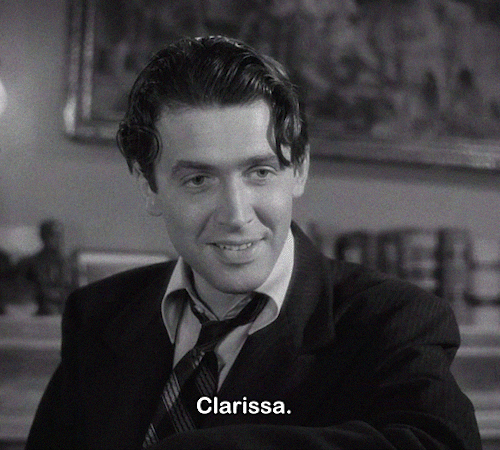

JAMES STEWART and JEAN ARTHUR in MR. SMITH GOES TO WASHINGTON (1939) | dir. Frank Capra
942 notes
·
View notes
Text




You Can't Take It with You (Frank Capra, 1938)
464 notes
·
View notes
Text
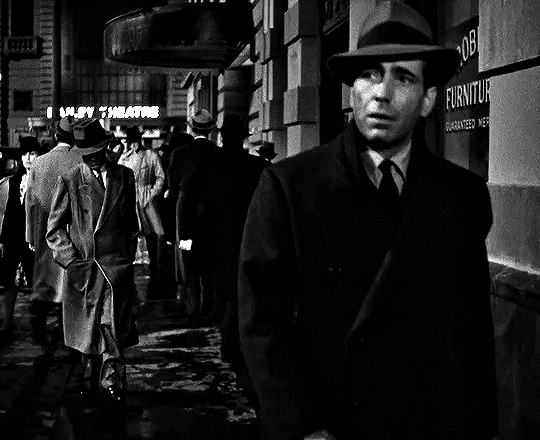
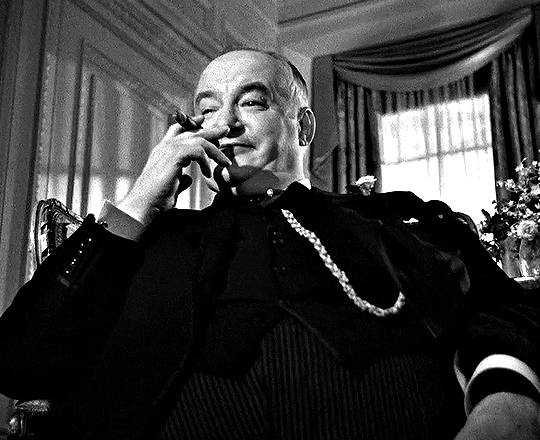
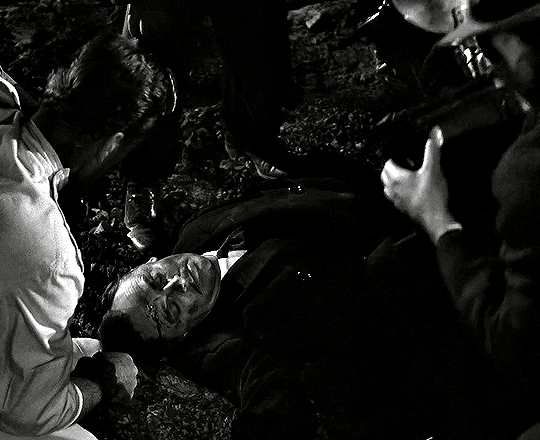
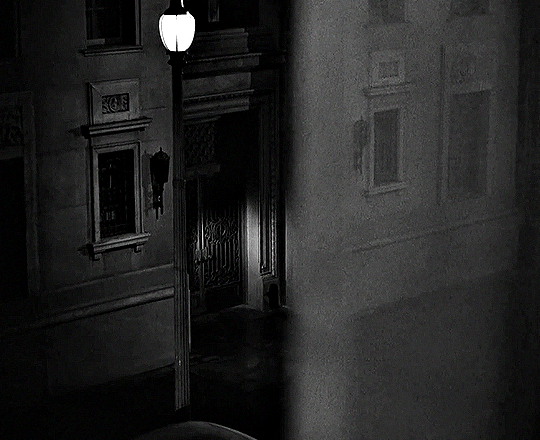
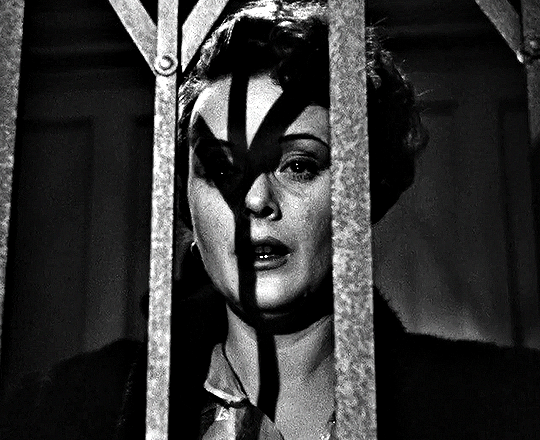

THE MALTESE FALCON (1941) dir. John Huston
1K notes
·
View notes
Text
post oversharing clarity is on the top 3 for most humiliating experiences ever, and it's not in third place
14K notes
·
View notes
Text








Gay USA (1978) Directed by Arthur J. Bressan, Jr.
14K notes
·
View notes
Text
Girls will be like “oh I’m just running quick some errands” and then spend all day in the wetlands appreciating the unique flora and fauna
17K notes
·
View notes
Text
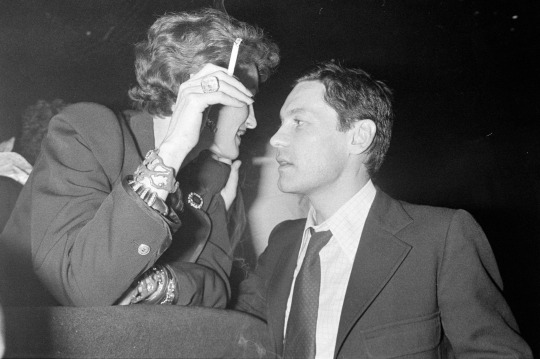

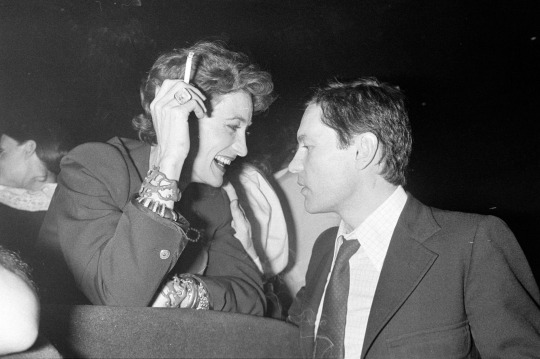
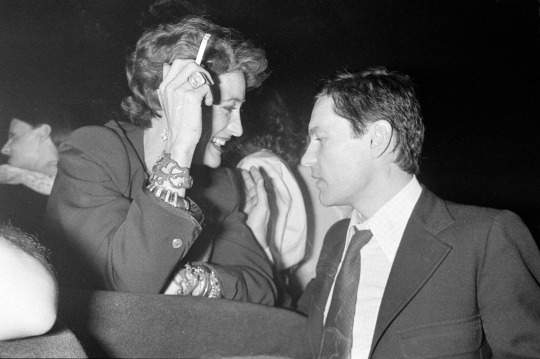
HELMUT BERGER and Lou Lou de la Falaise at Circus Party at Le Palace Night Club in Paris, about late 1970s.
31 notes
·
View notes
Text
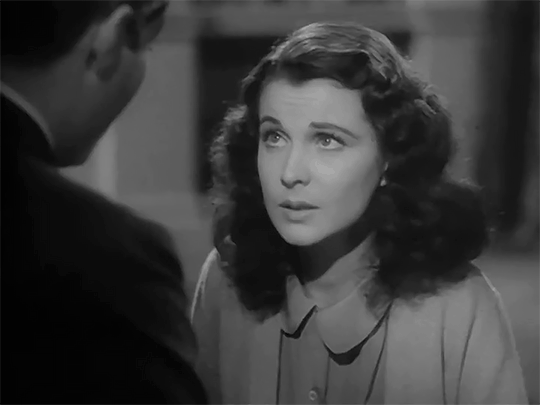
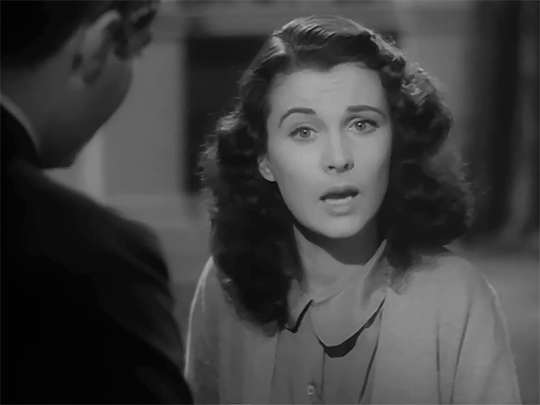
The love which this anonymous young woman harbours for Maxim comes burning through. Which is part of the problem; her character is just too emphatic for a role requiring the very absence of intensity which Max longs for after the volatility of Rebecca. Also, although Olivier clearly allows the camera to favour Vivien, his performance is muted, somewhat uncommitted. That hint of doubt in his letters seeps into his playing. Much later he did admit: ‘The worst part of it was I really did not want her to get the part.’ He claimed that with the strain of their divorce worries and the European situation it was perhaps better ‘to have a little vacation from constant togetherness’ which seems special pleading considering that they had been apart for most of the past few months. Very possibly – and given his on-set coolness to Joan Fontaine, finally cast – he wanted Rebecca to be primarily his film; he was now a major star, with his brooding Heathcliff image dominating posters all over America, and might well have been reluctant to co-star with someone whose star-power after Gone With the Wind was released might match – or eclipse – his own. If Vivien sensed any of this, she kept quiet.
Dark Star: A Biography of Vivien Leigh by Alan Strachan (x)
133 notes
·
View notes
Photo
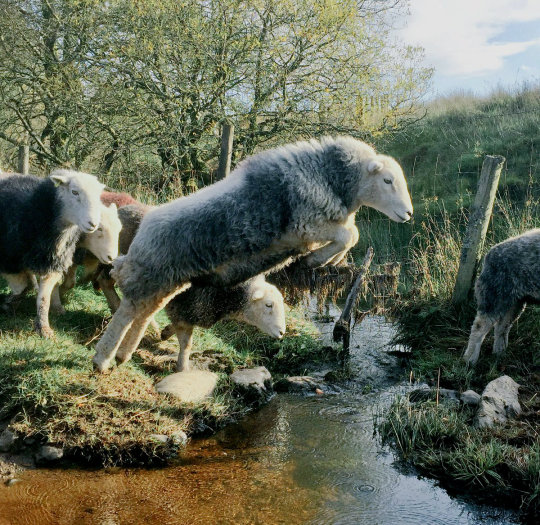
Herdwick Sheep, crossing the beck…
by James Rebanks
55K notes
·
View notes
